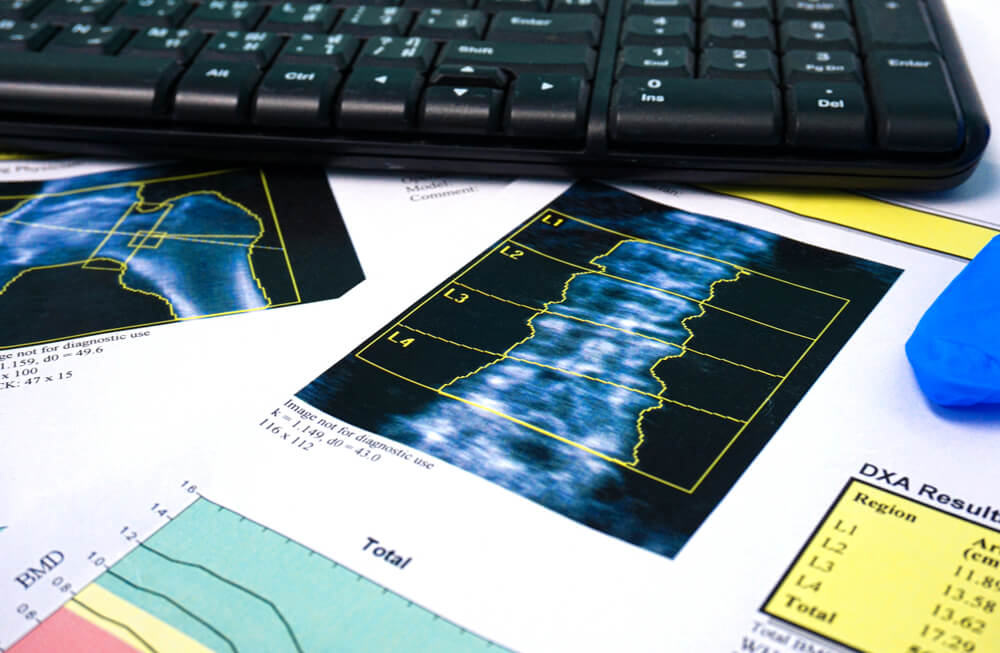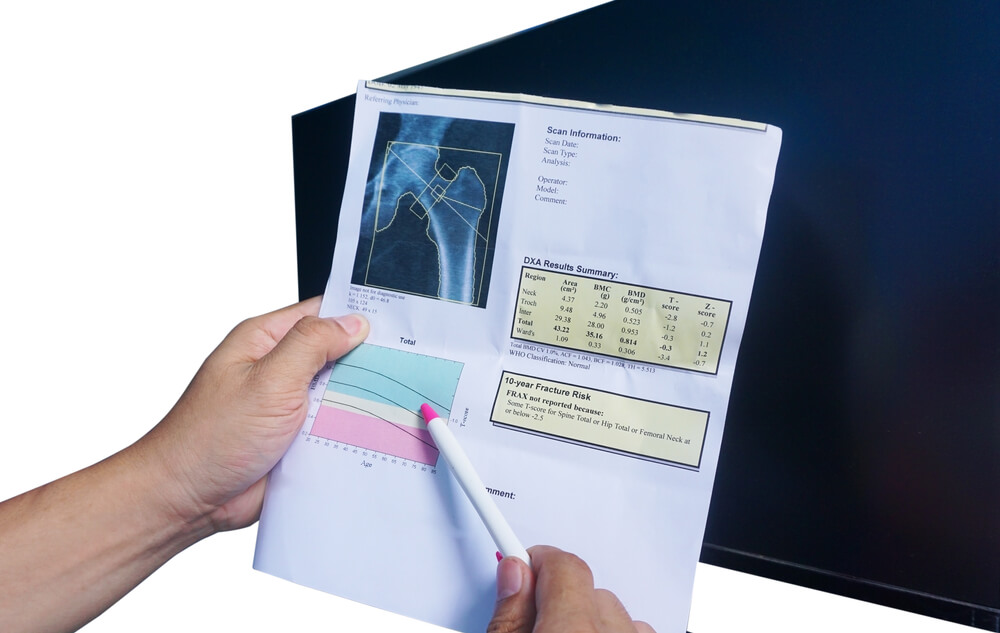In the pursuit of overall well-being, bone health often takes center stage, playing a pivotal role in our mobility, stability, and quality of life. As we age, understanding and monitoring bone density become crucial aspects of maintaining skeletal strength and preventing conditions such as osteoporosis. In this comprehensive guide, Dr. Krinsky and his compassionate team will explore the significance of bone density scans, specifically DEXA scans, shedding light on their importance, the procedure involved, and how they contribute to the broader landscape of preventive healthcare.
Understanding the Basics: What is a DEXA Scan?

A DEXA scan, short for Dual-Energy X-ray Absorptiometry, is a non-invasive and highly precise imaging technique used to measure bone mineral density (BMD). It is widely considered the gold standard for assessing bone health and diagnosing conditions related to bone density, such as osteoporosis. The scan utilizes low-dose X-rays to evaluate the amount of mineral content in bones, particularly the spine, hip, and forearm.
Why Bone Density Matters: The Significance of DEXA Scans
Bone density serves as a critical indicator of bone health, reflecting the amount of minerals, primarily calcium and phosphorus, present in bone tissue. Adequate bone density is essential for maintaining skeletal integrity and preventing fractures, especially as we age. DEXA scans play a pivotal role in identifying individuals at risk of osteoporosis or other bone-related issues, allowing for timely intervention and preventive measures.
How Does a DEXA Scan Work?
The DEXA scan procedure involves the use of two X-ray beams with different energy levels. As these beams pass through the bones, the amount of X-ray that is absorbed by the bone is measured. This information is then used to calculate bone mineral density. The results are typically expressed as T-scores, which compare an individual’s bone density to that of a healthy young adult. A T-score of -1 or above is considered normal, while lower scores indicate lower bone density and potential osteoporosis.
The Bone Density Test Procedure: What to Expect
If you find yourself scheduled for a DEXA scan, understanding the procedure can help alleviate any apprehensions. Here is what typically happens during a bone density test:
Preparation
There is minimal preparation required for a DEXA scan. You may be asked to avoid taking calcium supplements on the day of the test, as excess calcium can affect the accuracy of the results.
Attire
Wear comfortable clothing without any metal objects, as these can interfere with the X-ray beams. In some cases, you may be provided with a gown to wear during the procedure.
Positioning
The scan is usually performed with you lying down on a padded table. The technician will ensure proper positioning, often focusing on specific areas such as the spine, hip, or forearm.
Duration
One of the advantages of DEXA scans is their efficiency. The procedure is relatively quick and typically takes around 10 to 30 minutes, depending on the areas being scanned.
Minimal Radiation Exposure
DEXA scans involve low levels of radiation, much lower than traditional X-ray methods. The benefits of accurate bone density assessment far outweigh the minimal risks associated with radiation exposure.
Results and Analysis
After the scan, your results will be analyzed, and a healthcare professional will interpret the findings. The T-score will be a key indicator of your bone health, guiding further discussions on preventive measures or potential treatments if necessary.
How Long Does a DEXA Scan Take
One common query surrounding DEXA scans is the duration of the procedure. The good news is that these scans are remarkably efficient, making them a convenient option for individuals with busy schedules. As mentioned earlier, the entire process typically takes between 10 to 30 minutes, making it a quick and relatively hassle-free experience.
The brevity of the DEXA scan is largely attributed to its targeted nature. Unlike comprehensive imaging procedures, which may require more time, DEXA scans focus on specific regions such as the spine, hip, or forearm. This precision allows for swift and accurate assessments, providing valuable insights into bone health without the need for prolonged exposure to radiation.
How is a Bone Density Test Done on a Woman
While the bone density test procedure is standardized for both men and women, certain considerations may be taken into account when performing the scan on women. Factors such as hormonal changes during menopause and the increased risk of osteoporosis in postmenopausal women underscore the importance of bone density testing in this demographic.
During the DEXA scan, women can expect the same preparation, attire, and positioning as outlined earlier. The focus areas for scanning may include the spine, hip, and forearm, as these are commonly associated with osteoporosis risk. The results will be analyzed with consideration for age and, in the case of postmenopausal women, the impact of hormonal changes on bone health.
It’s important to note that bone density testing is not exclusive to postmenopausal women. Individuals of all ages and genders may benefit from DEXA scans, especially if there are risk factors such as a family history of osteoporosis, prolonged use of certain medications, or a history of fractures.
The Role of DEXA Scans in Preventive Healthcare

The value of DEXA scans extends beyond diagnostic purposes. Incorporating bone density testing into preventive healthcare strategies allows for early identification of individuals at risk of bone-related conditions. Early intervention, including lifestyle modifications, dietary adjustments, and, if necessary, medical treatments, can significantly impact the trajectory of bone health.
Preventive healthcare empowers individuals to take an active role in safeguarding their well-being. By integrating DEXA scans into routine check-ups, healthcare providers can work collaboratively with patients to implement personalized strategies for maintaining and enhancing bone density.
Supporting Bone Health Through Knowledge and Action
In conclusion, DEXA scans stand as a cornerstone in the realm of bone health, providing a window into the density and strength of our skeletal structure. As an invaluable tool for both diagnosis and prevention, these scans offer a proactive approach to managing bone-related conditions.
Whether you are a postmenopausal woman, a man in your senior years, or an individual concerned about your bone health, a DEXA scan can offer valuable insights into the state of your bones. The procedure’s efficiency, minimal radiation exposure, and targeted assessment make it a practical and accessible option for individuals from all walks of life.
In the journey towards optimal bone health, knowledge is power. By understanding the significance of DEXA scans, demystifying the procedure, and embracing the role of preventive healthcare, individuals can take proactive steps toward ensuring the longevity and resilience of their skeletal foundation. So, let’s embrace the opportunity to prioritize our bone health, empowering ourselves with the knowledge and tools needed to live life to the fullest.
On another note, if you are looking for expert women’s health services in Tamarac, don’t hesitate to schedule an appointment with Dr. Krinsky and his helpful team.


